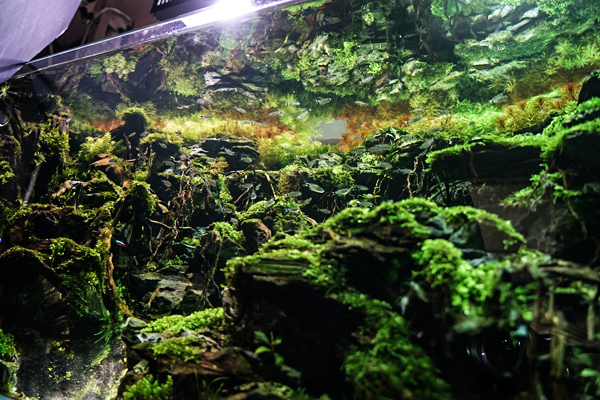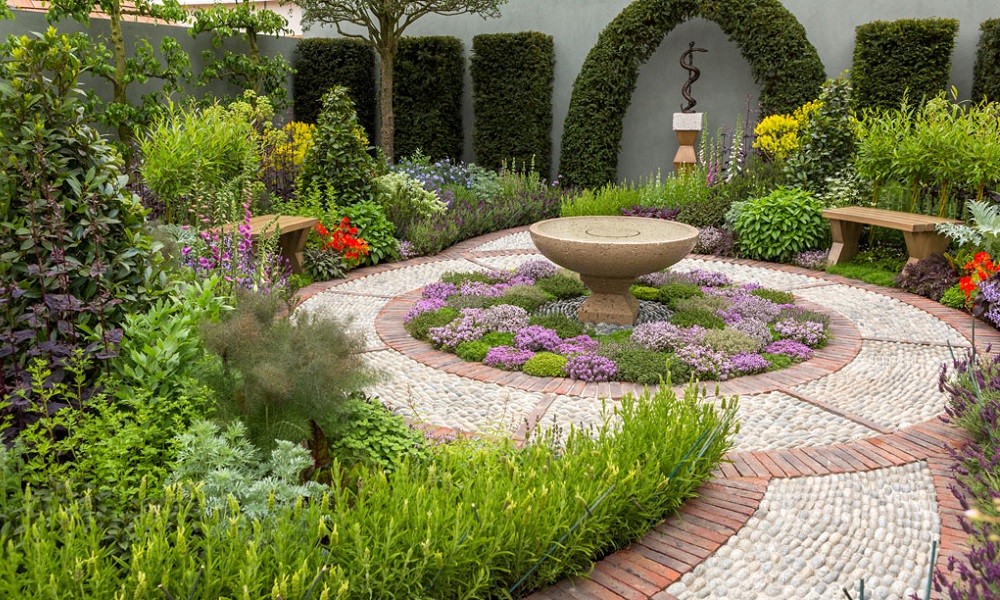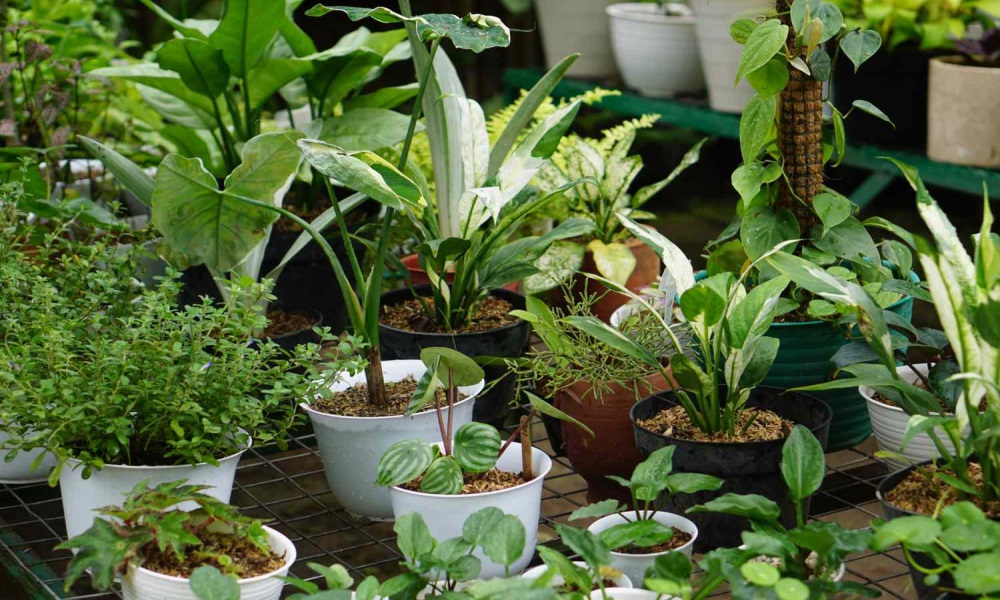Water features and aquascaping can add a touch of tranquility and beauty to any garden design. Incorporating elements of water into your outdoor space not only creates a visually stunning focal point but also provides a soothing and calming atmosphere.
Benefits of Water Features

There are several benefits to incorporating water features into your garden design:
- Enhances the aesthetics: Water features such as ponds, fountains, and waterfalls add a touch of elegance and visual appeal to any garden. They can transform an ordinary outdoor space into a serene oasis.
- Creates a peaceful ambiance: The sound of flowing water can have a calming effect on our minds. It helps drown out noise pollution and creates a peaceful atmosphere where you can relax and unwind.
- Attracts wildlife: Water features attract various forms of wildlife, including birds, butterflies, and frogs. It creates a natural habitat and encourages biodiversity in your garden.
- Improves air quality: Water features help to humidify the surrounding air, making it healthier for both the plants and humans. The evaporation of water can help cool down the temperature in hot summer months.
- Increases property value: Well-designed water features can significantly increase the value of your property. They are considered a desirable feature in real estate and can make your garden more appealing to potential buyers.
Aquascaping Techniques

Aquascaping is the art of arranging aquatic plants, rocks, driftwood, and other decorative elements in a water feature to create a visually appealing underwater landscape. Here are some popular aquascaping techniques:
- Nature style aquascaping: This technique aims to replicate a natural underwater ecosystem. It typically includes a variety of plants, rocks, and driftwood arranged in a way that mimics a natural habitat.
- Dutch style aquascaping: This technique involves creating a lush and colorful underwater garden using a variety of plants. It often features a carpet of low-growing plants in the foreground and taller plants in the background.
- Japanese style aquascaping: Inspired by traditional Japanese gardens, this technique focuses on simplicity and minimalism. It often includes a few carefully placed rocks, a small number of plants, and open space to create a sense of tranquility.
- Biotope aquascaping: This technique aims to recreate a specific aquatic habitat found in nature, such as a river, lake, or jungle. It involves careful selection of plants, rocks, and fish species that are native to that particular habitat.
Regardless of the aquascaping technique you choose, it is important to consider the specific needs of the plants and fish you plan to include in your water feature. Proper lighting, filtration, and water quality are essential for maintaining a healthy and thriving aquatic ecosystem.
Water features and aquascaping can elevate your garden design to a whole new level. They not only enhance the aesthetic appeal but also provide a soothing and tranquil environment. Whether you opt for a small fountain, a pond, or an elaborate underwater landscape, water features can transform your outdoor space into a peaceful sanctuary.




